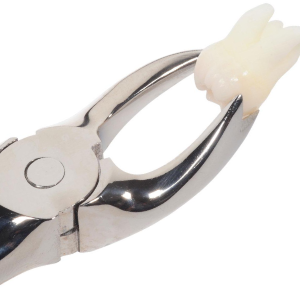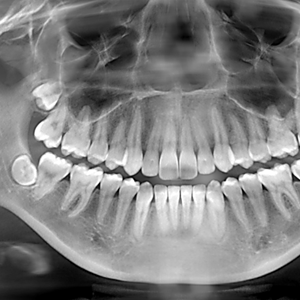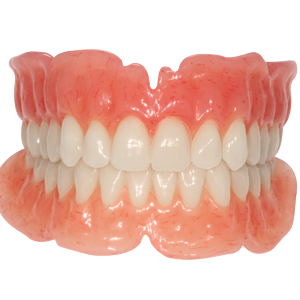
Root Canal Treatment
Has your dentist or endodontist told you that you need root canal treatment? If so, you’re not alone. Millions of teeth are treated and saved each year with root canal, or endodontic, treatment. Learn how root canal treatment can relieve your tooth pain and save your smile, and find an endodontist in your area.










